One question I get asked a lot is, “What camera should I buy?”. That’s really hard for me or anyone else to answer for you but I’ll give you a few things to ask yourself and consider before you decide on the best digital camera for you.
8 things to consider when choosing a new camera
Before we get started, just know this is not the usual list of what features to compare when buying a camera. I find that most cameras have very similar features with a few variations. But the bigger thing you need to decide is what kind of camera is best for you?
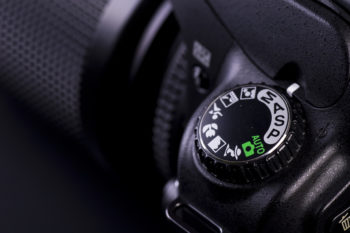
Here’s a quick summary of the eight considerations, read on for details of each:
- What sorts of things do you want to photograph? Will you be staying put or traveling with your camera?
- What is your budget? Like it or not this is a big factor.
- Are you a beginner, intermediate or advanced photographer? What features do you need, what’s too much?
- How will you be sharing your images? What size files do you need?
- How big are your hands? No seriously, this one is actually quite important.
- Do you want to have the option of upgrading your camera later?
- Do you want more control over your images (do you like to process them?)
- What brands of camera and models do your friends use? This becomes important later – read on to find out why.
When you get all the way to the end of the article I’ll give you a list of some of the cameras I would recommend.
#1 – What do you like to photograph?
This will be one of the biggest determining factors of choosing a new camera. Think about the types of things you like to photograph. Is it:
- Flowers or close ups
- Your kids
- Travel photos
- Nature or landscapes
- Wildlife
- Sports
- Portraits or even weddings
- Your dinner for your Instagram and Facebook profiles
- Street photography
Each of those subjects come with their own unique challenges.
Knowing the kinds of subjects that will be in front of your camera will help you narrow it down. Generally, cameras fall into five categories now:
- DSLR (with interchangeable lenses)
- Mirrorless or Four Thirds (with interchangeable lenses)
- Point and Shoot (lens is not interchangeable)
- Smartphone (you may already have one of these)
- Specialty cameras like GoPro, drones, or dedicated video cameras. (I’m not going to cover those in this article)
You probably already have a Smartphone, and I’m assuming by the fact you’re reading this that you probably want something a step up. So let’s have another look at that list of photography subjects above, and I’ll add my suggestion for the best camera to suit those needs.
Photography subjects and suggested cameras
Of course, this is a rough suggestion based only on the topic. But keep these in mind as we continue through the other seven questions.
- Flowers or close ups (DSLR, Mirrorless or Point and shoot – but if you’re really serious about it one of the first two)
- Your kids (DSLR or Mirrorless)
- Travel photos (Mirrorless or Point and Shoot)
- Nature or landscapes (DSLR or Mirrorless)
- Wildlife (DSLR or Mirrorless)
- Sports (DSLR or Mirrorless)
- Portraits or even weddings (DSLR or Mirrorless)
- Your dinner for your Instagram and Facebook profiles (Point and Shoot or just use your phone)
- Street photography (Mirrorless or Point and Shoot – more on this later!)
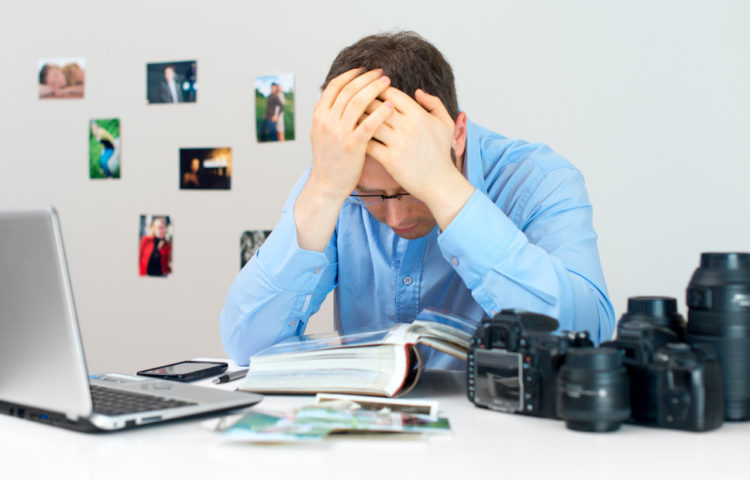
Read: Is the Camera an Important Factor When You Choose a New Smartphone? At the end of that article, I did a little test. I showed 22 photos taken by different cameras ranging from my Smartphone, Point and Shoot, and full frame Canon DSLR. See if you can tell which is which without reading the captions.
#2 – What is your budget?
We aren’t all made of money, so budget may play a big part in choosing the best digital camera for you. Generally the bigger the camera, with more bells and whistles, the bigger the price tag as well. I’ll start at the bottom tier and work up.
Point and Shoot Cameras (Compact)
These are cameras that have one fixed lens, often a zoom, which means you can’t change it later or upgrade with this option. The prices in this category vary greatly from as low as $100 to up and even over $1500 usually based on the sensor size and number of megapixels (more on those later).
The best digital camera for you might be a point and shoot if … you want something small enough to slip into your pocket or handbag, and you like to keep it simple. You aren’t concerned about upgrading, don’t shoot sports or wildlife, and want to have it with you all the time. They sometimes have fewer options for exposure settings but most of the medium to high-end ones shoot in RAW format and have a Manual shooting mode.
I actually just bought myself a Fuji X100F which technically falls into this category because the lens is fixed at 23mm. But it’s quite high-end at $1299 USD, so isn’t for everyone. My intention is to use it as a second camera to my Fuji X-T1 and for street photography when I want to go light. I’ll do a review of it after using it in NYC for a week! Watch for that later.
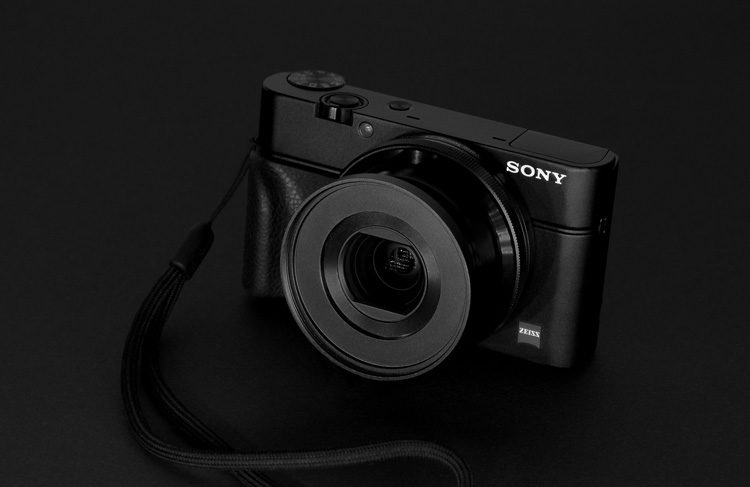
Mirrorless and Four Thirds Cameras
If you really want the low-down on these cameras read this more extensive article I wrote just on them alone: Mirrorless Cameras – Everything You Wanted to Know.
Here again, prices vary greatly, based on the features and image sensor size. There are many options available for brand and there are even full frame mirrorless cameras that compete on image quality with the full-size DSLRs. But, don’t expect the price to be smaller! You pay a premium for the compact package you get with a Mirrorless camera.
Generally, Mirrorless cameras offer a lot more than the first category above, including:
- Interchangeable lenses so you can upgrade and expand your system as your learn and grow (or your budget does).
- Larger sensors than the Point and Shoot cameras which mean you can produce larger final versions (prints) and overall better image quality.
- Better and faster, focusing abilities to help get your shots sharp.
- A little bigger and more comfortable in your hands, but not monstrous. If you have small hands and want flexibility this may be a good option for you. Big hands – maybe not. More on that later.
- Full set of exposure options, RAW format, and usually good video recording abilities as well.
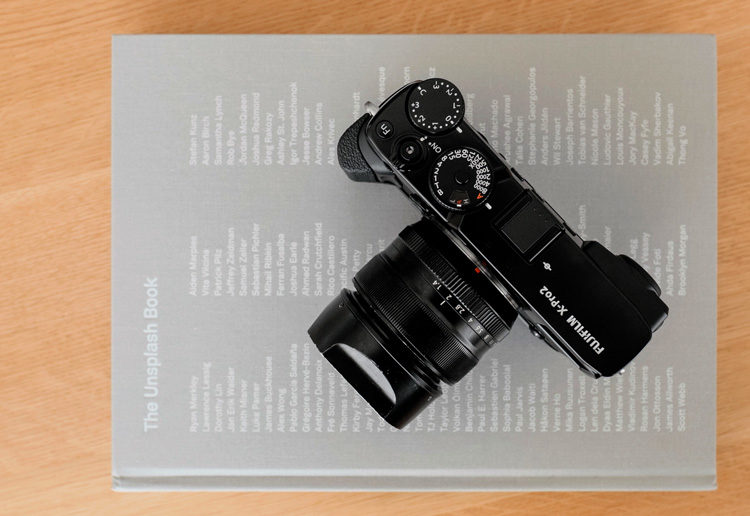
DSLRs – Digital Single Lens Reflex
The only real difference between mirrorless cameras and DSLRs is the size.
Some people may argue that Mirrorless cameras aren’t there yet for quality, or they don’t focus as fast, or there isn’t a good selection of lenses available. But, choose your brand and model carefully and Mirrorless camera might do everything you need (depending on your answer to #1 above).
Why might an SLR be the best digital camera for some people? Here are a few reasons:
- They’ve already invested a lot of money in lenses for their system (a valid reason, but didn’t stop me).
- There are specialty lenses they require that aren’t in the mirrorless lineup yet (tilt-shift, etc.).
- They’re old school and believe bigger is better (it isn’t always).
- They have really big hands.
- Sports and/or wildlife are what they shoot and they need really long lenses with large apertures. Not many of these are available for mirrorless cameras – yet.
Of all the categories, a DSLR will still give you the most options as far as a digital camera goes.
There are many brands and models to choose from, and price point ranges from entry-level kits (camera body and one lens) under $500, up to super high-end ones up to $8000 USD.
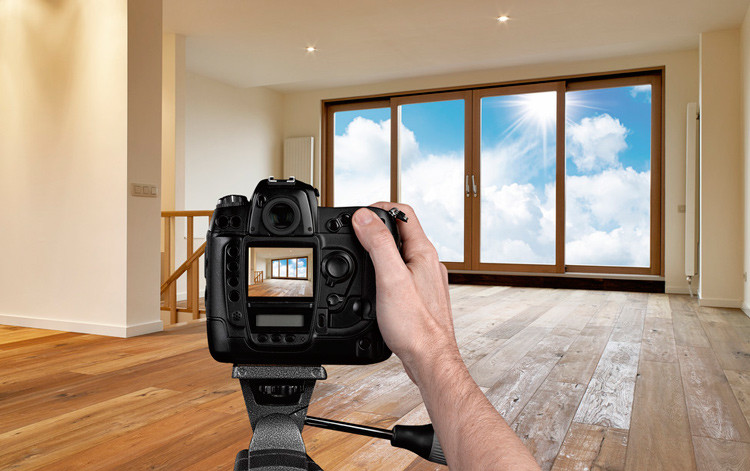
Price Summary
Sorry, I can’t be more specific here, but the prices really are all over the place. You could spend almost $2000 on what’s classed as a Point and Shoot camera, or under $500 for a DSLR. Keep reading for my helpful questions and things to take into consideration.
#3 – What is your photography skill level?
Are you a beginner, intermediate or advanced photographer?
How you answer that question will help you determine the best digital camera for your needs.
Notice I didn’t mention professional on that list because I’m assuming if you were a professional you’d probably already have a pretty good idea what camera you want/need and wouldn’t be reading this. So let’s address the other three options.
Beginner cameras
If you’ve never had a camera before and are upgrading from your Smartphone I wouldn’t recommend jumping into the deep end and getting a full frame DSLR. It will likely be too big and bulky for you, and it won’t have some of the beginner features that will help you learn photography and how to use the camera.
Instead look at either an entry-level DSLR, mirrorless camera, or even a good point and shoot with some manual settings. That will give you a way to get started at a lower price point and see if you enjoy it.

Intermediate and advanced
What features do you need beyond the basics?
Do you want to shoot star trails? If so then look at cameras that have a built-in intervalometer.
Want to do video? Read up on the reviews of cameras that excel in that area.
Do you shoot sports or action events and need a camera with fast focusing and a high burst rate? Then the best digital camera would have those features.
The best site for doing camera comparisons and reading reviews is DP Review. They have a handy side-by-side comparison tool so you can select the ones you’re considering and compare all the features.
If you’re considering moving up the scale to full frame? Read: 7 Questions to Ask Before You Upgrade to a Full Frame Camera Body if you really think you need one, then decide.
A quick note on full frame versus crop sensor cameras
There are also different sizes of sensors available in different cameras. I cover that in-depth in this article. But for now just know that it’s not as big a factor as it once was – so choose your camera based on all the other questions. Don’t worry about that so much right now.
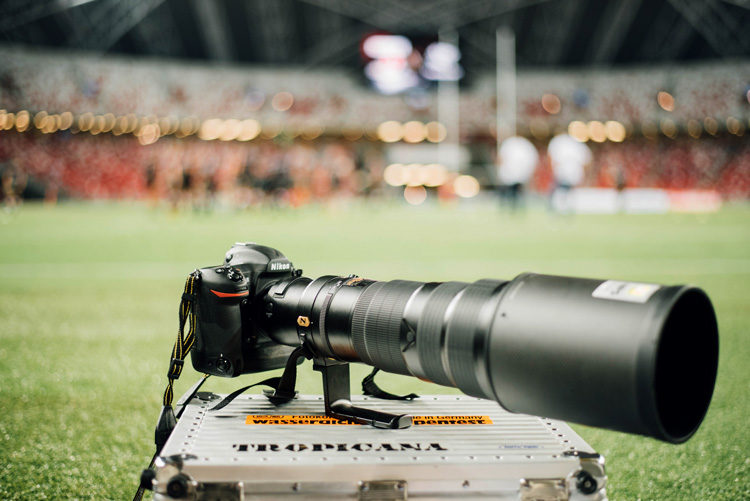
#4 – How will you be sharing your images?
This question is about file size and megapixels. Cameras keep getting bigger and bigger with more megapixels. But do you really need all that? Or is 36 megapixels overkill for your needs?
Consider this – I got my first digital camera in 2004. It was a Canon 10D and was 6 megapixels. Most Smartphones have more than that now and the specs on it are embarrassing by today’s standards. But – I quite easily made prints up to 30×40″ (on canvas which is a little forgiving) and they still hang in my home and in those of my customers who purchased them (both portraits and some of my fine art images).
So unless you plan on shooting stock images (even then you don’t need the max MP) or printing your images larger than 60″ or on billboard ads, I would not worry about this factor too much.
The best digital camera for you in this instance would probably fit your other criteria first.
Social media only
However, if all you want to do is take photos of your cats and food and share your images on social media, then you may just want to stick with your Smartphone or a Point and Shoot camera.

#5 – How big are your hands?
I touched on this earlier because it’s a real, valid issue.
If you are shopping for the best digital camera online – stop now.
Make a short list of three or four that you are considering and go to an actual camera store. And I don’t mean a big warehouse shop like Costco or Best Buy either – no a real camera store.
I recommend this for a couple reasons:
- You really need to hold the camera in your hands and see how it feels. People with big hands may find an Olympus hard to use – the buttons are tiny as is the camera. People with small hands may prefer a Sony or Olympus mirrorless over a DSLR.
- They have photography specialists at the camera store. That will allow you to ask questions, tell them about your needs (print out this article if you want and take it with you), and see what they suggest. You can’t ask a website questions.
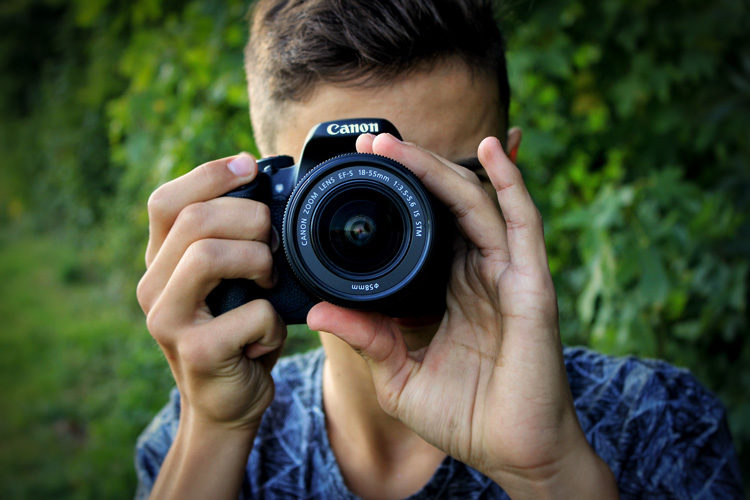
So after you’ve held all your short listed cameras in your hands, then you can make a better decision on which is the best digital camera for you. You don’t want to do all your research, pick the one that looks great on paper, only for it to arrive and it’s too big for your hands to reach the buttons.
#6 – Do you want the option of upgrading later?
This one is pretty simple.
If you want an entry-level camera that will give you the option of adding more components or upgrading later then the best digital camera you’ll want to go with will be a mirrorless or DSLR.
A Point and Shoot camera with a fixed lens will not do this.
However, having said that. If you do decide to get a Point and Shoot to start off with – you can always use it as a backup camera later.
But generally mirrorless and DSLRs will allow you to upgrade and get new lenses, add filters, etc. So if you want to start small and add-on as you learn, choose one of those options.
#7 – Do you want more control over your images?
Hands up if you’re a control freak, please. Me too!
That’s why I actually love the processing part of photography just as much as the shooting part. It allows me to control the final look of my images completely.
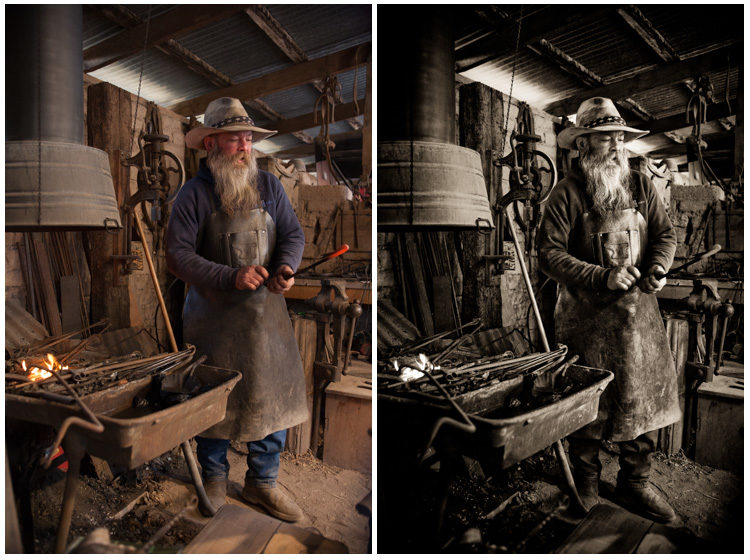
How the camera you choose affects this is whether or not it can shoot a raw file, and do some degree image quality. Honestly, most cameras shoot raw now (even my little Panasonic Point and Shoot does) so just make sure the one you’re considering has this option if you want to process your images.
Raw files give you more to work with on the computer later.
#8 – What brand camera do most of your friends use?
This may not seem important but it could be a big deciding factor for you.
If most of your photography buddies shoot Canon, but you decide to go with Nikon, you can never borrow and share lenses.
That’s huge!
Also, if you go full frame and they are not, it’s the same issue.
Lenses specifically made for crop sensor cameras will not fit on full frame camera bodies.
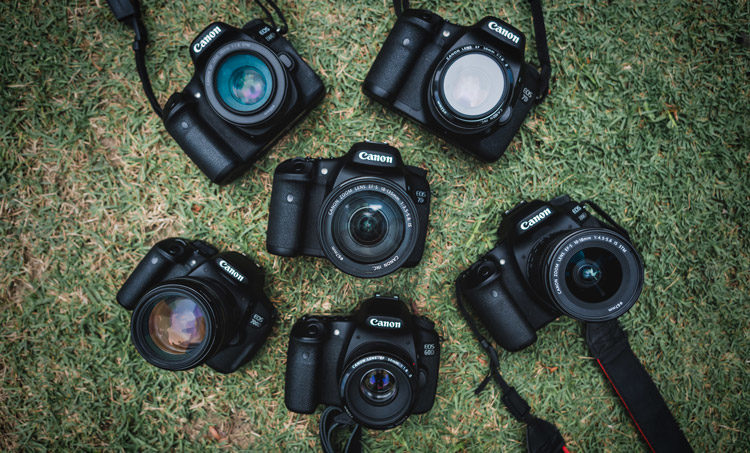
So ask around, see what your photography friends are using and ask if you can borrow their camera for a day or go out shooting with them to try it out. You don’t have to have the same exact model they do, but lens compatibility is really handy for sharing. This can expand your lens repertoire significantly without having to buy them all yourself.
Along those same lines, see what your local camera store has available for rent.
Some stores have lenses available to rent for a day or two at a time (or longer). So if you need a special lens just for one event you don’t have to actually spend the big bucks. Sometimes they also offer rent to own programs, meaning if you rent a lens and decide you really want it – your rental fee will apply to your purchase price.
Check online for rentals as well with Borrow Lenses (USA based only) or Vistek (in Canada), or other big stores like Adorama in New York City. I rented a Canon 15mm lens and a tripod from them once when I was there and had a lot of fun with it for two days.
Bottom line – which is the best digital camera for you?
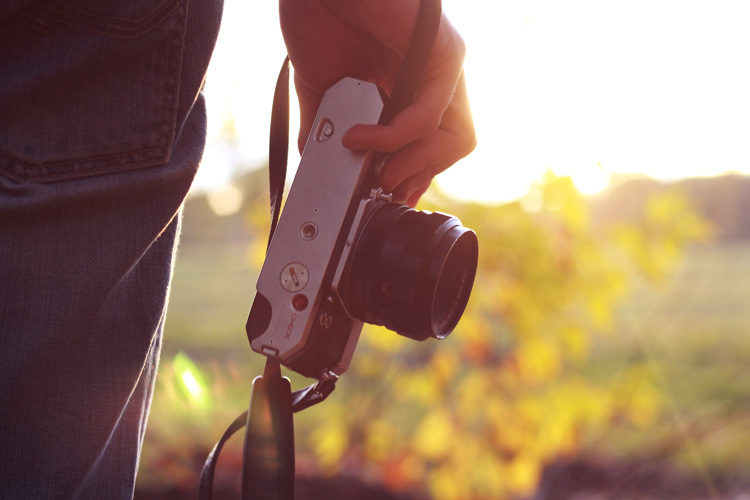
The saying goes,
“The best digital camera is the one you have with you.” – They say!
So, that has to do with how much gear you’re willing to carry around. And – will you actually do it?
If you buy so many lenses and a huge bag to fit them all into – will it be so heavy you never take it anywhere? Or will a big DSLR and long zoom lens be too much to carry around all day – especially if you travel?
These are serious factors in why I downsized from my full frame Canon system to Fuji Mirrorless (my husband is grateful because now I carry my own bag instead of him being my Sherpa). I often left lenses behind and just went with my 50mm or simple 24-105mm (Canon) because I just didn’t want to heft it all around all day.
The best digital camera is useless if it sits on the shelf all the time and you just take your phone because it’s easier. If that’s likely to happen for you, consider why you want the big camera? Could you manage just fine with a smaller one (notice I didn’t say lesser!)?
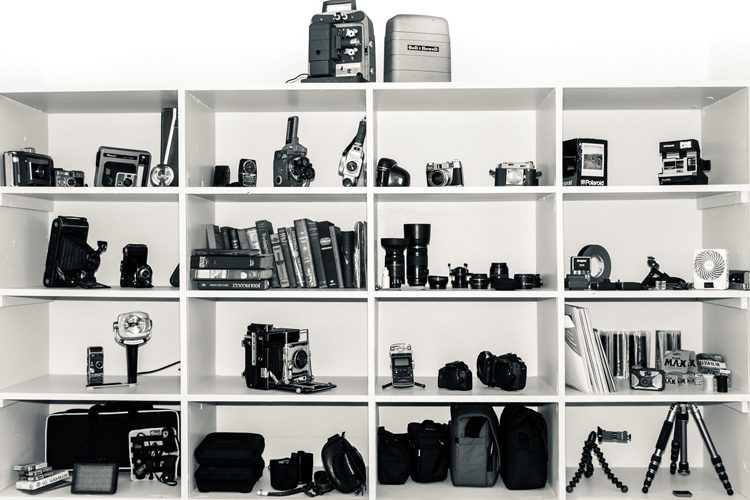
So the bottom line is to pick the camera that best matches your answers to the questions above, and which you are most likely to take with you when you go out.
Choose the one that’s fun to play with and you like how it works.
If the buttons and menu annoy you in the store when you test it – they will annoy you forever and it will make photography less fun. Pick the camera that’s intuitive for you to use and makes it the most fun for you.
Camera listing
So, having said all that, here is a list of some of the cameras I would currently recommend. I’m not going to list any full frame ones – you can find those over here: 7 Questions to Ask Before You Upgrade to a Full Frame Camera Body
Point and Shoot Cameras
The big players in this area are Panasonic, Sony, Olympus, Fuji, and Canon.
You’ll notice the absence of Nikon from that list – I’m not a big fan of their cameras in this range.
Here are a few from those manufacturers that are popular (note I haven’t used all these myself, but have seen a few of them on my photo tours – often people will carry a small pocket-sized Point and Shoot camera as a backup on trips).
- Canon PowerShot G7 X Mark II – $679 USD, 24-100mm equivalent.
- Canon PowerShot G9 X Mark II Digital Camera with Built-in Wi-Fi & Bluetooth w/ 3 inch LCD – $449 USD, 28-84mm equiv.
- Canon PowerShot SX730 HS with 40x Optical zoom – $399 USD, 24-960mm equiv.
- Panasonic LUMIX DMC-LX10K Camera, 20.1 Megapixel with LEICA DC Lens– $679 USD, 24-72mm equiv. (Note: I have one similar to this model but a bit older)
- Panasonic DC-ZS70K Lumix 20.3 Megapixel, 4K Digital Camera – $447 USD, 24-720mm equiv.
- PANASONIC LUMIX FZ80 4K– $397 USD,
20-1200mm equiv. - Sony Cyber-shot DSC-RX100 V 20.1 MP – $999 USD, 24-70mm equiv.
- Sony DSC-RX10 III Cyber-shot – $1398 USD, 24-600mm equiv.
- Fujifilm X100F 24.3 MP APS-C Digital Camera – $1299, 23mm lens. This goes under the Point and Shoot category but is a high-end, advanced one. It has a fixed lens (you can get a wide and telephoto adapter as well) so less flexibility, but it has a large sensor and files. This is the camera I just bought as a second to my Fuji X-T1 Mirrorless. I will do a full review of it soon!
- Fujifilm FinePix XP120 Waterproof Digital Camera – $199 24-140mm equiv. This is a great option as a second camera that you can shoot in the rain with, and even dive to 65 feet.
- Olympus TG-5 Waterproof Camera – $399 USD, 25-100mm equiv. A step up from the Fuji above.
Mirrorless Cameras
I already did a full description and recommendation of mirrorless cameras here: Mirrorless Cameras – Everything You Wanted to Know. Start there, then see below for some of the most popular models currently:
- Fujifilm X-A3 with XC16-50mm F3.5-5.6 II Lens Kit – $599 USD, body and kit lens 24.2MP.
- Fuji X-T20 – $899 USD body only 24.3MP.
- Fuji X-T2 – $1599 USD body only 24.3MP
- Sony a6300 – $898 USD, body only 24.2MP.
- Sony a6500 – $1398 USD, body only 24.2MP
- Sony Alpha a7II Full Frame – $1498 USD body only 24.3MP.
- Sony a7R II Full-Frame – $2699 USD, body only 42.4MP!
- Sony a9 Full Frame – $4498 USD body only 24.3MP. Keep in mind you still need lenses! If you trick this camera out with their Accessory Pack (a battery grip, flash, battery adapter and asmall tripod) and the Sony 100-400 f/4.5-5.6 lens – it comes in at a whopping $8234!!! But this is a pro level camera that shoots 20 frames per second, has 693 focus points – this camera is marketed to pro sports shooters.
- Olympus OM-D E-M10 II – $649, body only 16MP.
- Olympus OM-D E-M1 Mark II – $1999 USD body, only 20.4MP.
- PANASONIC LUMIX GX850 4K Mirrorless Camera with 12-32mm – $599 body and one lens 16MP.
- PANASONIC LUMIX GX85 4K – $559 body only 16MP.
- PANASONIC LUMIX GH5 Body 4K – $1998 body only. This camera is designed for great video, so if this is a big need for you you may want to consider this model
You will notice that two big names are not on this list – Canon and Nikon.
In my opinion they are both sadly lagging behind the other manufacturers above in the realm of mirorrless cameras.
The Canon EOS M6 gets good reviews, but don’t buy it thinking you can put your regular Canon lenses on it – nope it uses M-mount (you can get an adapter to mount them, but I tried that with my Fuji and it’s clunky).
The Nikon 1J5 was never given a full review on DP Review – that has to say something. They’re getting closer, but not there yet I don’t think.
DSLR Cameras
The best digital camera for your needs may be a DSLR.
Cheers,